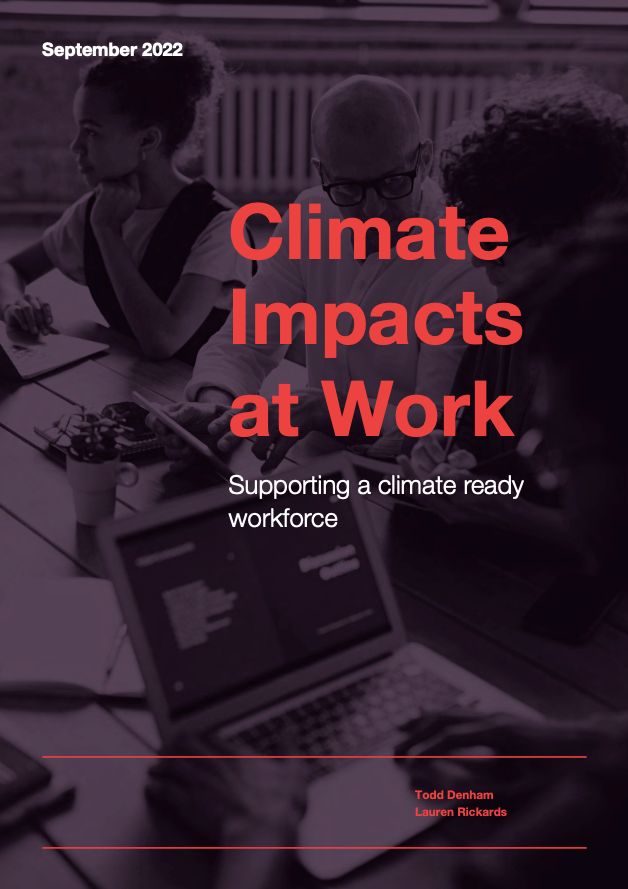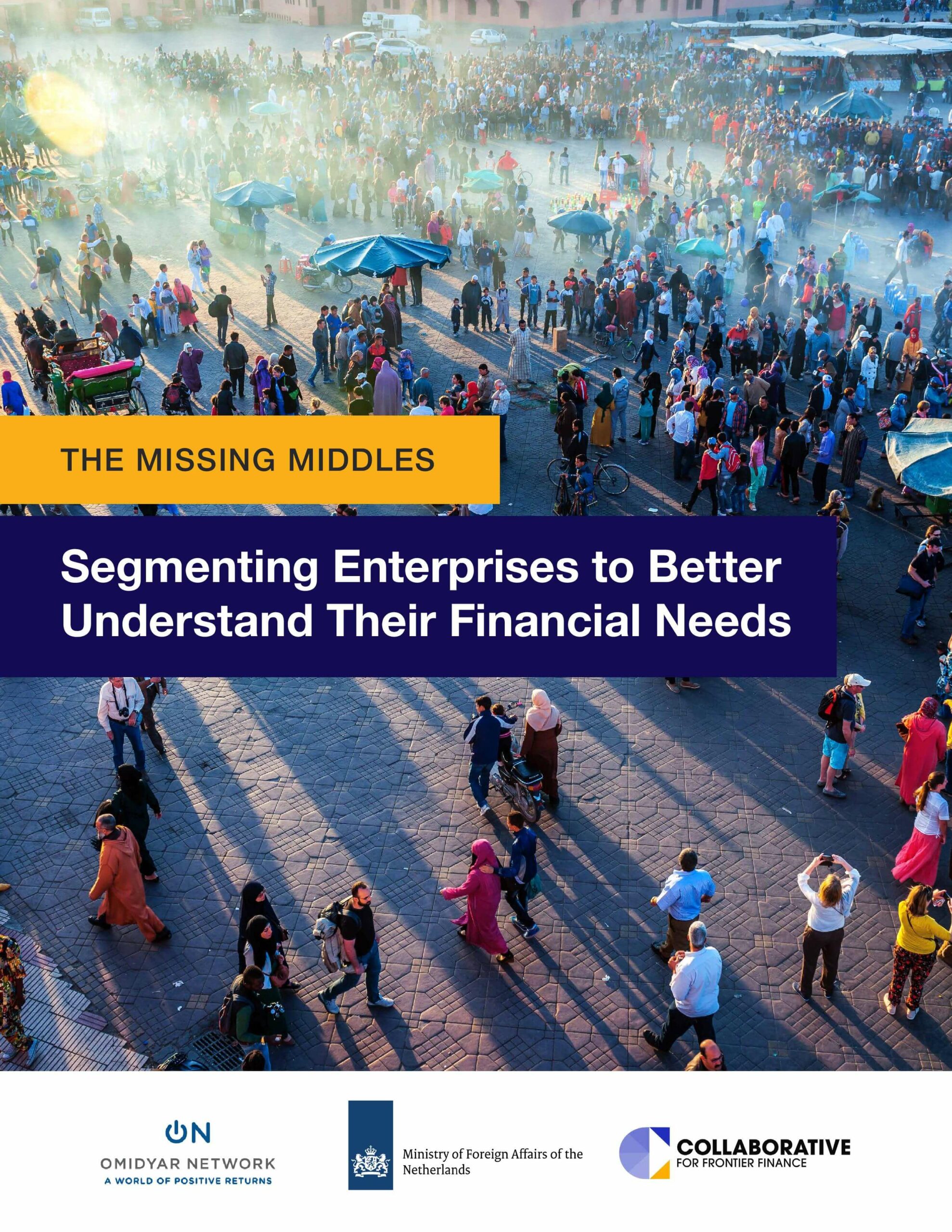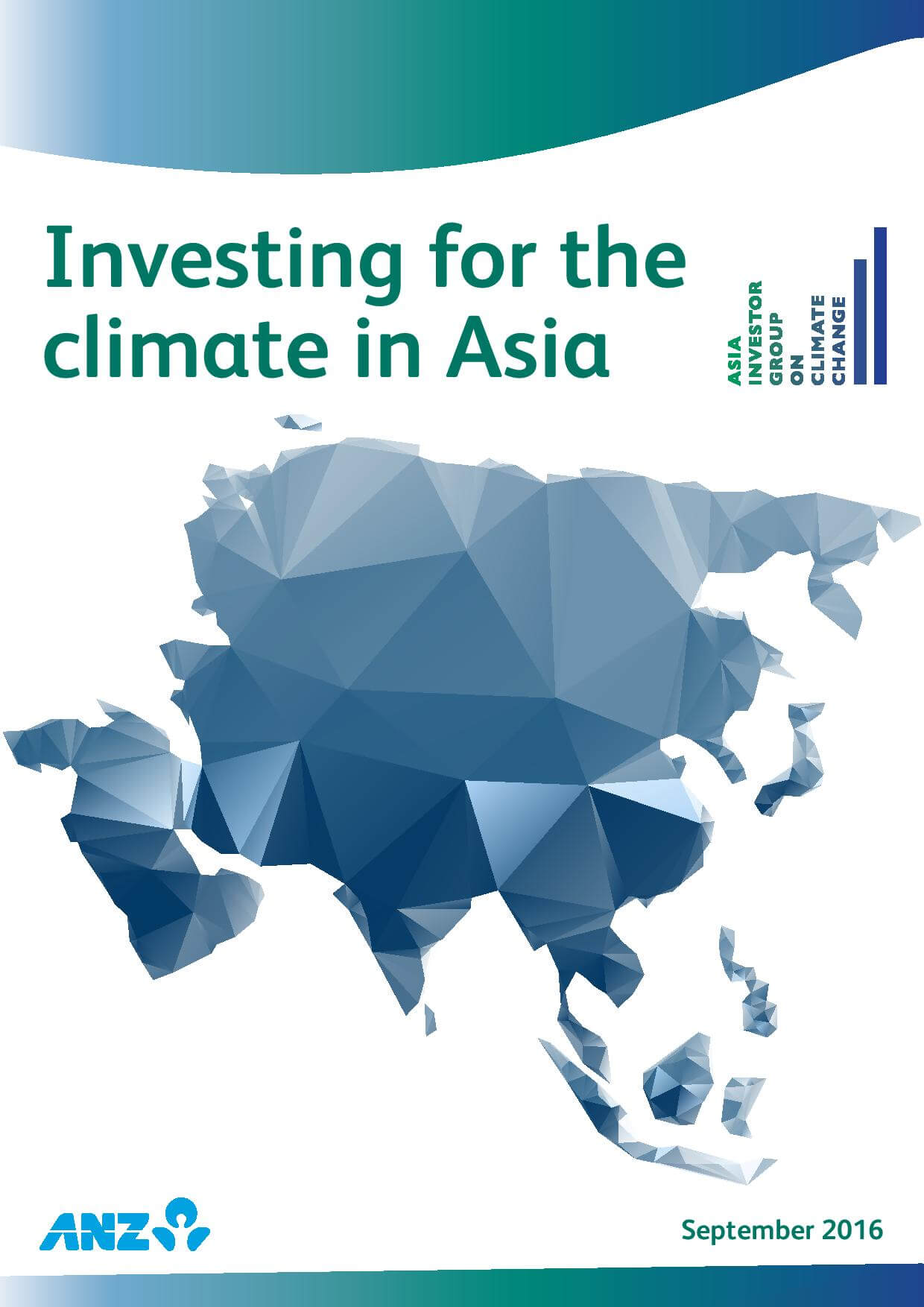Library | SDGs
GOAL 08: Decent Work and Economic Growth
Refine
470 results
REFINE
SHOW: 16


Digital safety risk assessment in action: A framework and bank of case studies
This report contains a framework and case studies for digital safety risk assessment. The case studies cover topics such as trust and safety best practices, human rights due diligence, and child safety in gaming and immersive worlds.
Beyond explainability: A practical guide to managing risk in machine learning models
This report offers a comprehensive guide for effectively managing risk in machine learning models. It presents a framework that enables data science and compliance teams to create better, more accurate, and more compliant models. The report stresses the importance of understanding the data used by models and implementing three lines of defence to assess and ensure their safety.
AI policy principles
This report outlines the responsibility of industry and governments in promoting responsible development and use of artificial intelligence. The policy principles focus on the integration of principles into the design of AI technologies, investment in AI research and development, and collaboration through public-private partnerships.
Climate impacts at work: Supporting a climate ready workforce
Demonstrates empirical evidence of varied climate change impacts and their effects on workers and organisations across a range of industries, working mostly in Victoria. Workers are being affected in many compounding ways. With climate change impacts continuing to worsen, workers and industry must be supported to adapt to climate change.
Can ESG add alpha? An analysis of ESG tilt and momentum strategies
This research explores the impact of environmental, social, and governance (ESG) factors on investment returns, focusing on ESG Tilt and ESG Momentum strategies. The study reveals that both strategies outperformed the global benchmark, providing empirical evidence that ESG factors can enhance portfolio performance.
Mobilising climate investment in emerging markets: Opportunities for Australian pension and superannuation funds
This report delves into the potential of pension funds in driving climate solutions in developing economies. Highlighting barriers like geopolitical risks and policy uncertainties, the report underscores collaboration, ESG standards, and internal expertise as pivotal for sustainable investments in these regions.
How can businesses thrive in a sustainable economy?
How can businesses thrive while still respecting planetary boundaries and meeting the essential needs of all people? This report provides a framework for businesses to transition to sustainable models by addressing unsustainable characteristics and adopting regenerative and distributive practices. The report highlights examples of businesses implementing these strategies and provides a Sustainable Business Model Canvas for businesses and investors to assess alignment with a sustainable economy.
Applying economics – not gut feel – to ESG
This report advocates for the application of mainstream economics to evaluate environmental, social, and governance (ESG) issues for long-term financial and social returns. It identifies how conventional thinking around ten key ESG issues can be overturned when applying mainstream economics principles to provide better ESG insights.
Building peace and prosperity: What business can do
A brief look at the policies and actions stakeholders can do to confront and prevent violent conflict in high-risk areas. Actions are laid out for businesses, governments, the United Nations, investment community, and civil society. Multi-stakeholder initiatives to support building and investing in peace are presented.
Driving improvements in modern slavery reporting: The role for Australian investors
Australia’s Modern Slavery Act 2018 (MSA) was intended to create a race to the top among Australian companies in addressing modern slavery disclosure. The response from corporate Australia is lagging, however. This research on disclosures under the MSA identifies three key gaps in S&P/ASX 300 modern slavery reporting and performance.
Private equity and value creation: A fund manager's guide to gender-smart investing
This report examines the increase in adoption of gender-smart investing within the private equity industry by general partners (GPs) and limited partners (LPs). Lessons from over 160 fund managers have been utilised in this step-by-step guide to choosing gender-smart investment strategies, and putting policies into practice within firms and portfolios.
The missing middles: Segmenting enterprises to better understand their financial needs
Small and growing businesses (SGBs) have significant and positive impact on emerging and frontier markets. This report proposes a new segmentation framework to help service providers, enterprises, donors, limited partners (LPs) and field-building organisations understand and navigate the complex landscape of SGB investment in frontier and emerging markets.
Collaborative for Frontier Finance
Collaborative for Frontier Finance (CFF) is a multi-stakeholder initiative that aims to increase access to capital for small and growing businesses in emerging markets. CFF works with diverse stakeholders- including local capital providers and institutional investors to accelerate financing solutions that target Small and Growing Businesses.
Race in the workplace: The Black experience in the US private sector
The report explores Black workers in the private sector by analysing Black participation in the entire US private-sector economy, their representation, advancement, and experience in companies. And addresses key challenges moving forward including actions companies and stakeholders can take to accelerate progress on diversity, equity, and inclusion.
ESG 2.0: Measuring and managing investor risks beyond the enterprise-level
This paper discusses how current institutional investing practices and asset allocation strategies conflict with ESG objectives. It encourages institutional investors to review their systematic risk-management practices and recommends the diversification of asset allocation to more regenerative investment structures and asset classes.
Investing for the climate in Asia
Are “green finance" and climate change gaining traction in the Asian financial sector? Asia Research and Engagement (ARE) reviewed the practices of 88 leading financial institutions across Asia-Pacific to find out. Growing momentum is discovered: 28% of banks and 30% of investors have incorporated climate change into their respective policies.















